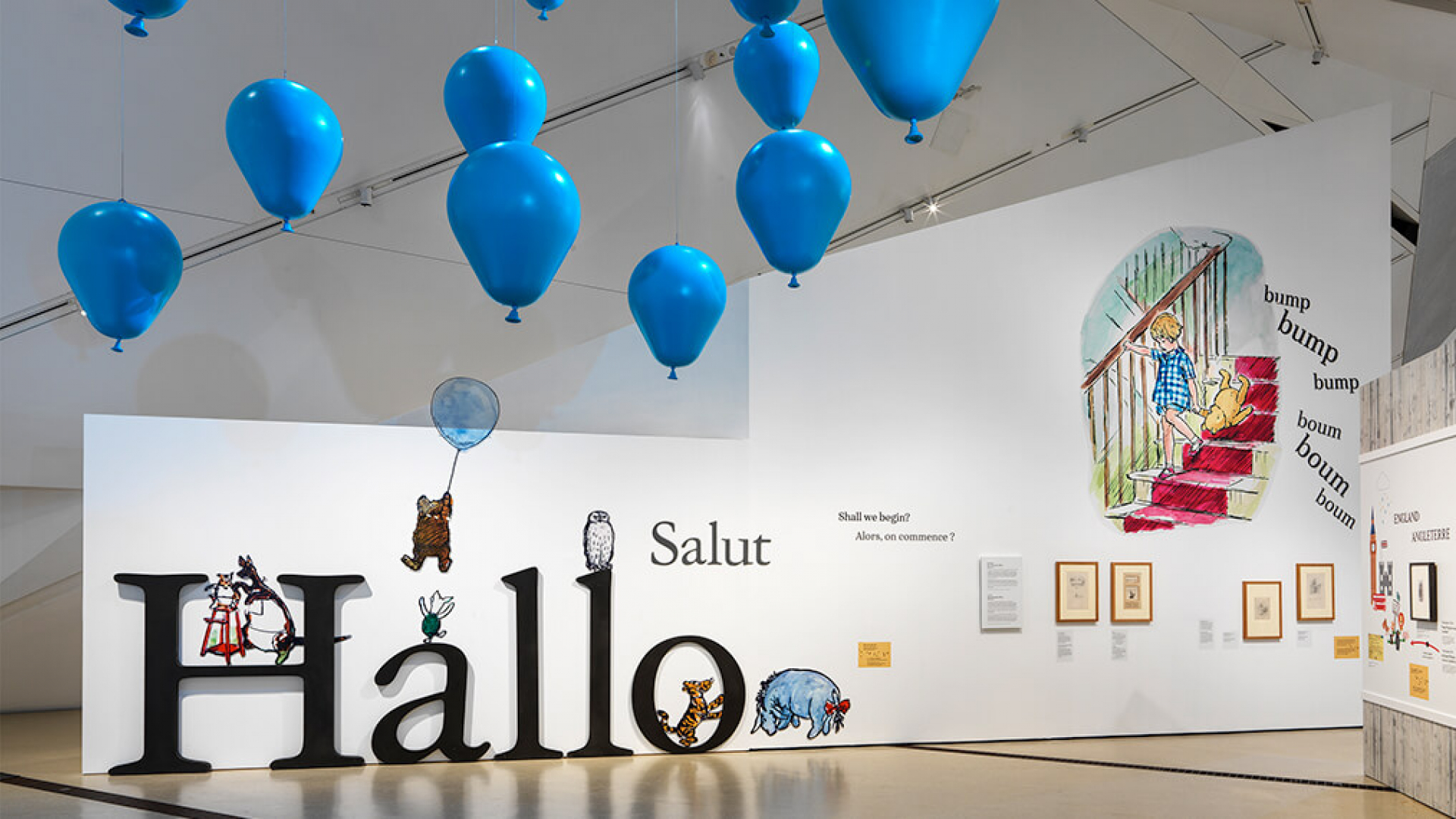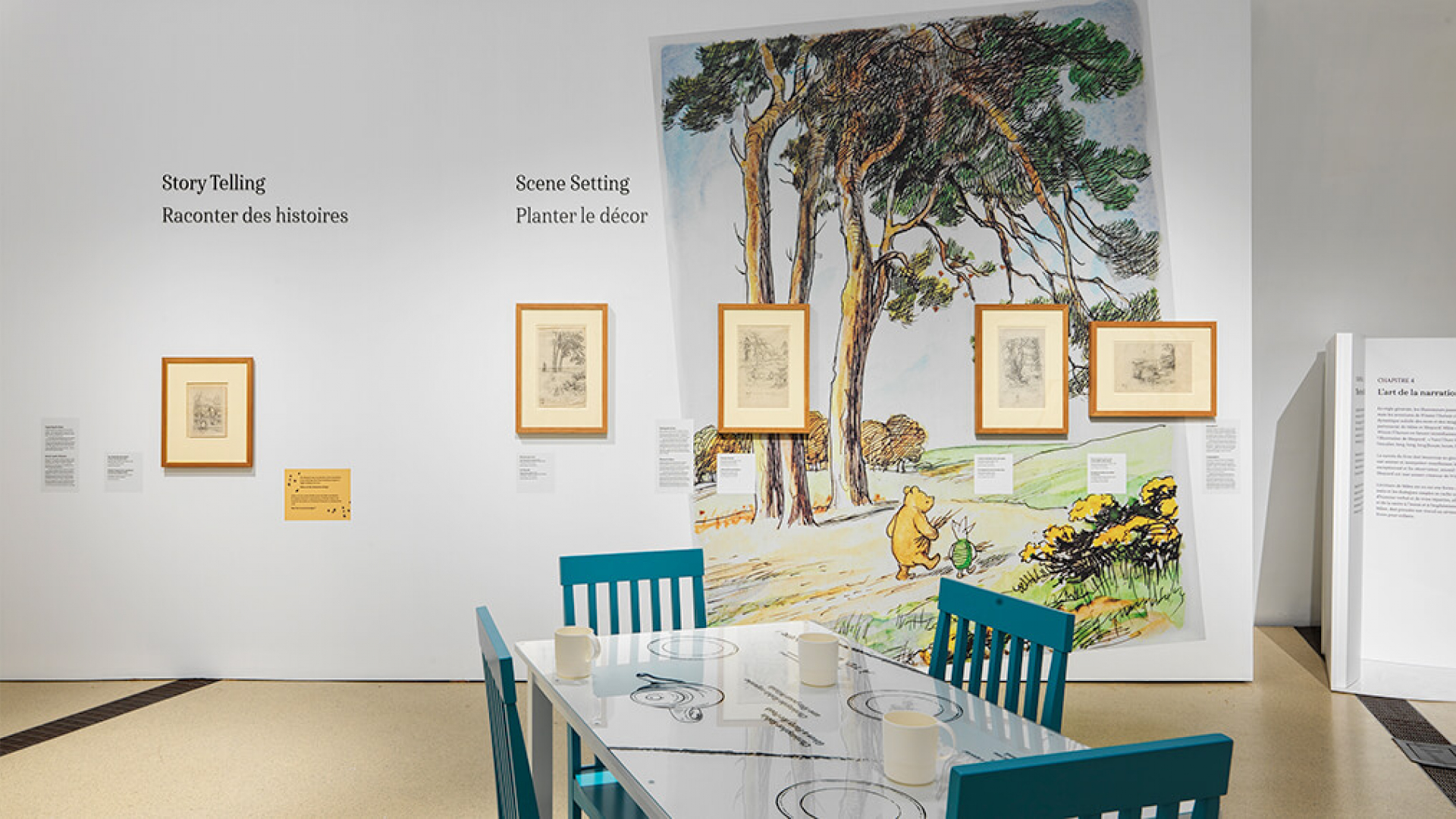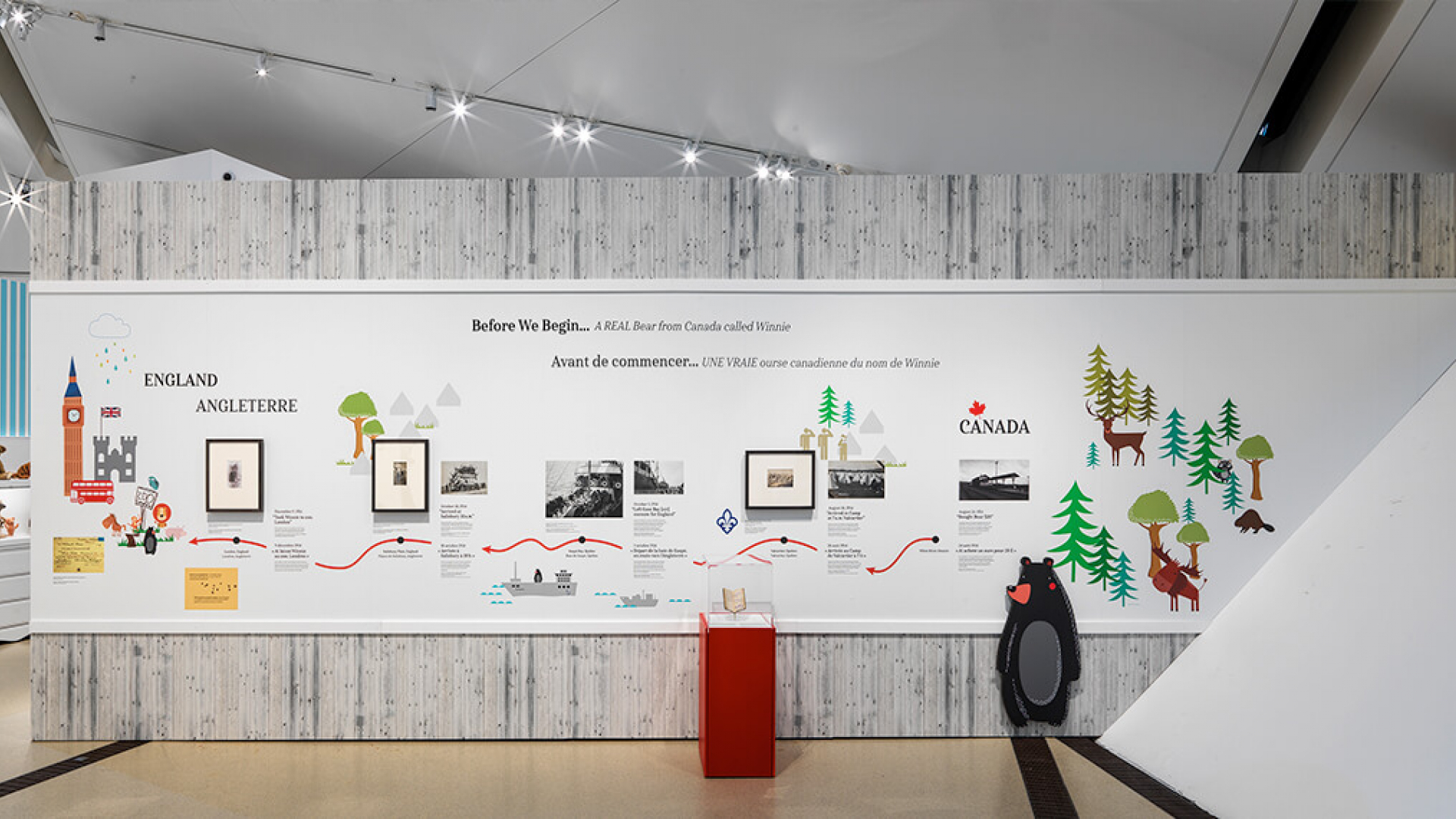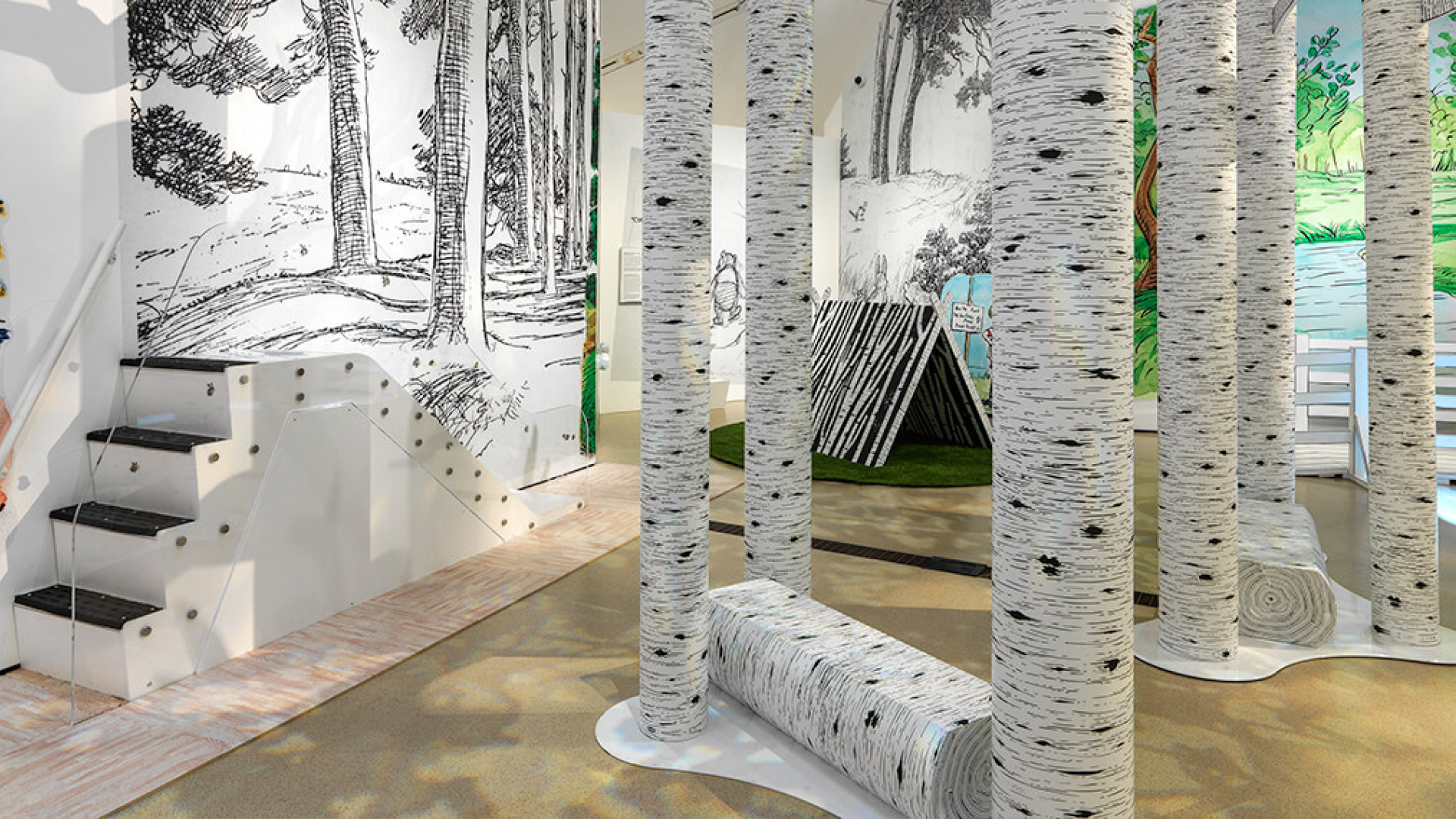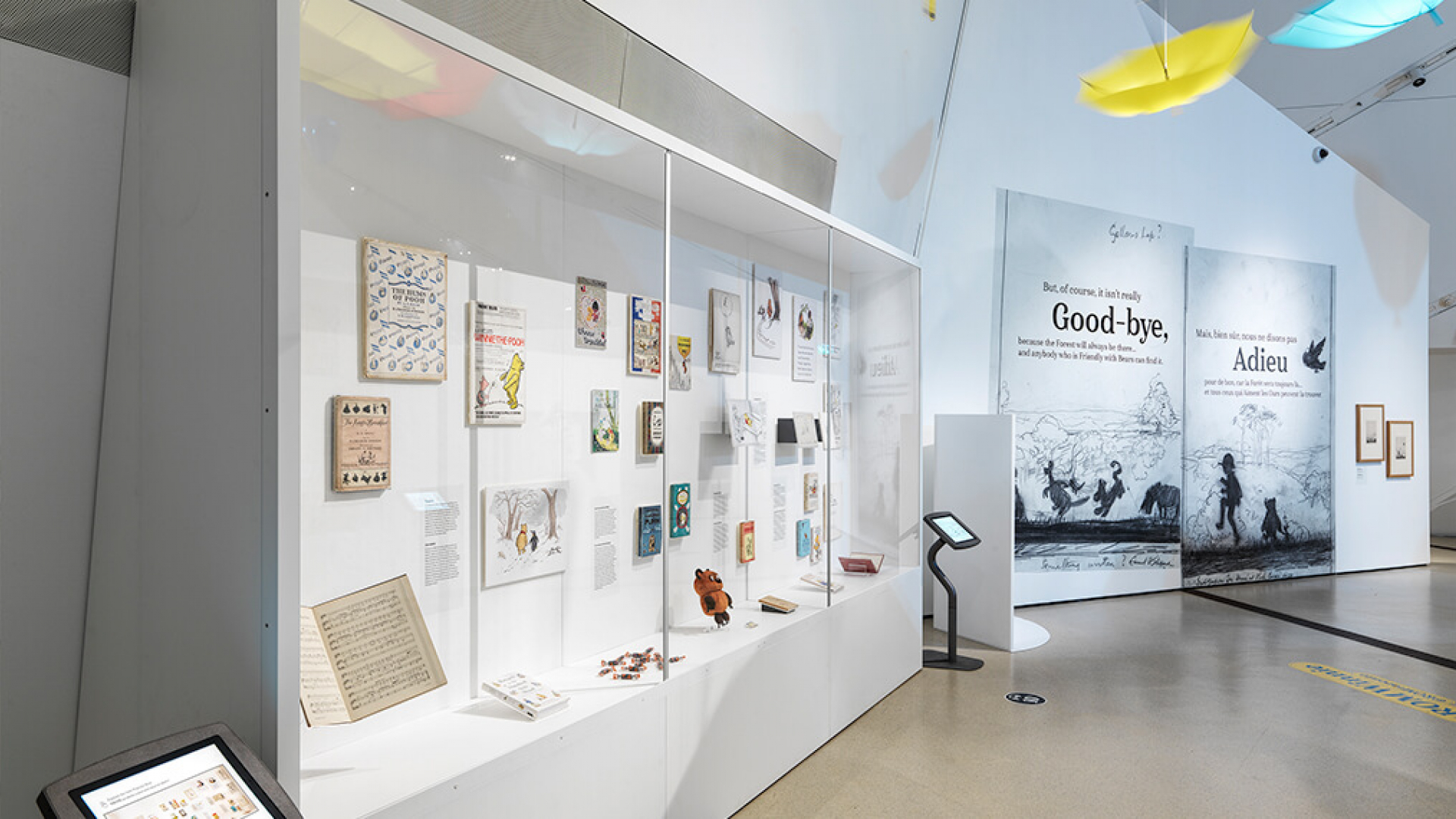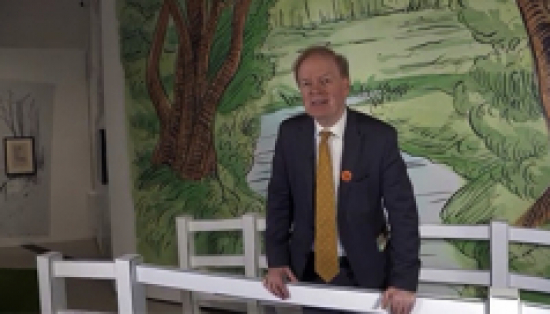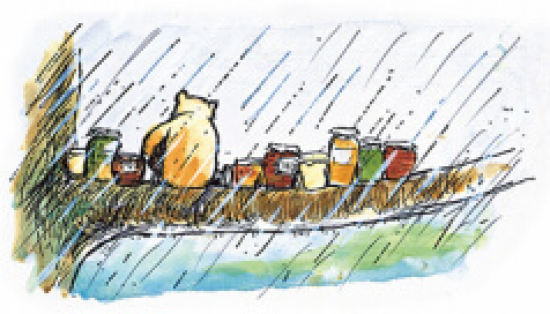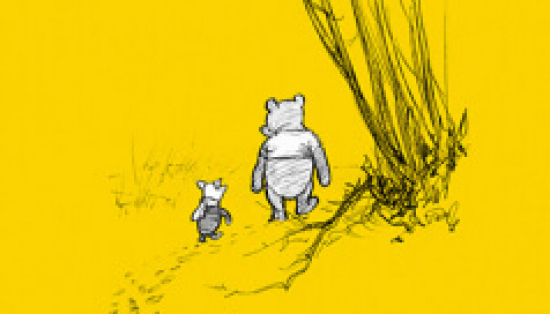Every Thursday at 10 am on Instagram we chat with a different ROM expert ready to answer your burning questions on a different subject. This time on Ask ROM Anything we are talking to Justin Jennings, foremost archaeologist and Senior Curator in the ROM’s Department of Art and Culture. Dr. Justin Jennings has long been fascinated with the power of storytelling both in the past and present. Children’s stories in particular distill the essence of an era and, as the father of four young children, he is delighted to present Winnie-the-Pooh: Exploring a Classic at the ROM.
Dr. Jennings has curated exhibitions on the ancient peoples of Peru and Mexico, and has conducted archaeological fieldwork in Peru for the last twenty years, publishing 11 books and almost 100 articles and chapters based on his research. His latest book, entitled (Un)Fair: The Surprising Story of How Pleistocene Foragers Became Global Capitalists, will be published in 2021. His academic interests include the spread of early civilization, first cities, feasting, and archaeological tourism. Prior to joining the ROM in 2006, Dr, Jennings taught at Franklin and Marshall College in Pennsylvania and the University of California, Santa Barbara.
Q. Why make an exhibit on Winnie-the-Pooh?
A. What captivates me most about Winnie-the-Pooh is how content he is with the small things in life. A batch of sun, a fall wind, a fresh snowfall – they’re all something that make Pooh stop, smile, and hum a tune about. It seems like we’ve all lost the ability to just sit for a spell and wonder at the majesty of the world. Pooh reminds us to slow down, turn off that cell phone, and just enjoy life for a while.
Q. What do you want people to get from the exhibit?
A. Like any exhibits, there’s a lot of stories for the taking. One of the stories that I like best from the Winnie-the-Pooh is the artistic partnership between Milne and Shepard. Everyone seems to move so quickly nowadays, with fleeting collaborations as we move from one project to the next. A.A. Milne sough a true partner in E.H. Shepard inviting him to his house to look at his son’s stuffies and take long walks through the woods around their cottage. The back and forth between them – some of it captured in the exhibit – shows how a collaboration well-nurtured can turn into something magical.
Q. What draws you to storytelling? Who is your favourite Pooh character?
A. What draws me to children’s storytelling is often the world building. The creation of an often streamlined space where we can work through our emotions in ways that tend to become frowned upon as we grow older. I got to teach a first-year seminar on fairy tales as a junior in university, and my love of children’s books endures to the present day. As for my favourite Pooh character, the easy answer is all of them. Sometimes I feel like Eeyore and sometimes I feel like Piglet. But today for Ask ROM Anything, my fear is I’ll end up looking a bit like Owl when answering everyone’s questions.
Q. What changes were made for COVID?
A. In reopening the exhibit, the ROM has done several things. First, we’ve limited ticket sales so that social distancing can be maintained throughout the day. Second, we’ve installed hand sanitizer stations. Third, we’ve removed some of the plush fabric parts of the show and replaced them with more easily cleanable surfaces. Fourth, there will be more frequent cleaning. Fifth, there are now non-touch alternatives to many of the interactives (so a foot pedal can be used to ring the bell at Pooh’s house or, if one chooses, the bell can still be rung by hand). In sum, the Winnie-the-Pooh exhibit will look largely the same, just with restrictions on the number of people and the ability to enjoy the exhibit based on one’s comfort level.
Q. How does ROM’s exhibit differ from the V&As?
A. The big difference in the exhibit is that we added a first section on Winnie, the Ontario bear brought to the London Zoo at the beginning of World War I. Winnie, in part, was the inspiration for the Winnie-the-Pooh stories, and so we wanted to begin our story in the forests of western Ontario. In making this change, we then also made a change in the order of the sections put together by the Victoria & Albert so that Winnie-the-Pooh’s legacy is at the end rather than at the beginning of the exhibit. Making this change allowed for a better flow that was largely chronological – taking us from Ontario to the zoo, to Christopher Robin’s London nursery, to the family’s cottage, the inspiration for the books, their publication, and, ultimately, their legacy. The objects that are on display are the same as those from the Victoria & Albert museum, with the exceptions of original photos and a diary that tell the story of Winnie the black bear’s journey to England.
Q. Is it true Christopher Robin was bullied because of the books?
A. Christopher Robin had mixed feelings about the Winnie-the-Pooh stories. In one sense, he was immensely proud of them and rightly thought he played a significant role in bringing Pooh and his friends to life. In another sense, he felt trapped inside a fictionalized depiction of his boyhood self, stuck in one of Shepard’s illustrations as he grew older and older. Christopher Robin thus felt stifled at times by Pooh’s long shadow and, yes, was teased growing up by other kids. Yet he truly cherished the Winnie-the-Pooh stories and, like many of us, would return to them for solace throughout his lifetime.
Q. What is your favourite part of exhibition?
A. My favourite part of the exhibit is the Hundred Acre Wood section where you can sit on a bench among fanciful trees. You’ve got Shepard’s illustrations hanging all around, and, if you’re quiet enough, you can hear the buzzing of bees and the rustle of leaves that are part of the ambient sounds for this part of the exhibit. Pooh’s house is there, and so is Pooh Sticks Bridge. Sometimes I can imagine the Bear himself, sitting down next to me to enjoy a spot of sunshine.
Q. How did the exhibition come to life?
A. The idea of a Winnie-the-Pooh exhibit had been percolating at the museum, even before the Victoria & Albert pioneered their show a few years ago. Lindsay Mattick, the great grand-daughter of the man who brought Winnie the black bear to the London zoo from Ontario, was putting together an exhibit from her family’s collection so we knew that there was some compelling content about this part of the story. The Victoria & Albert brought the rest of the story to us in an exhibit proposal, anchored by its incredible collection of Shepard’s original Winnie-the-Pooh illustrations. Unfortunately when the V&A first approached the museum about hosting their exhibit, the timing did not work. But later cancellations freed up our exhibition space so that we could bring the show here and add the Canadian component. We thought that it was such a great opportunity to end the exhibition in the place where we thought that idea of Pooh had begun – in Canada.
Q. I’m a big fan, and 51. Does the exhibit appeal more to kids than to adults?
A. The show is for all ages. We’ve got a lot of interactives to please the little ones, with a discovery trail of buzzing bees and a few of the illustrations are hung low for kids to enjoy. Yet, the heart of the show is a really deep engagement with Winnie-the-Pooh as an illustrated text and the artistry that allowed it to come into being. I’ve talked to a lot of older Pooh enthusiasts and they’ve really enjoyed this deep dive into their childhood treasure, and I think it actually enhances the experience for adults to have a few kids running around as they contemplate the objects in the exhibit.

